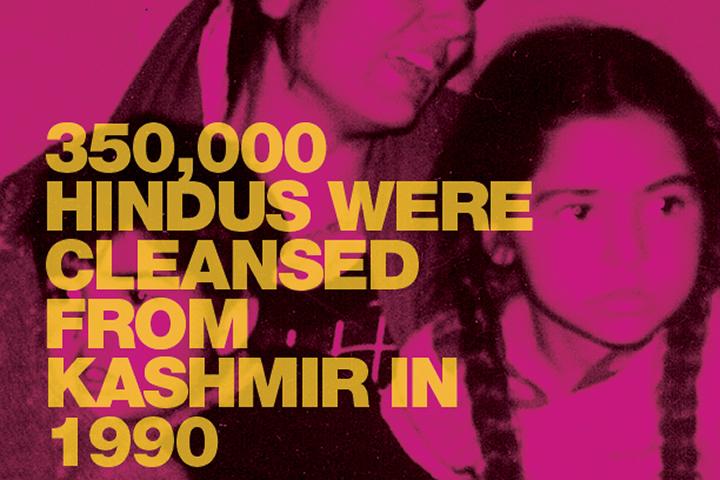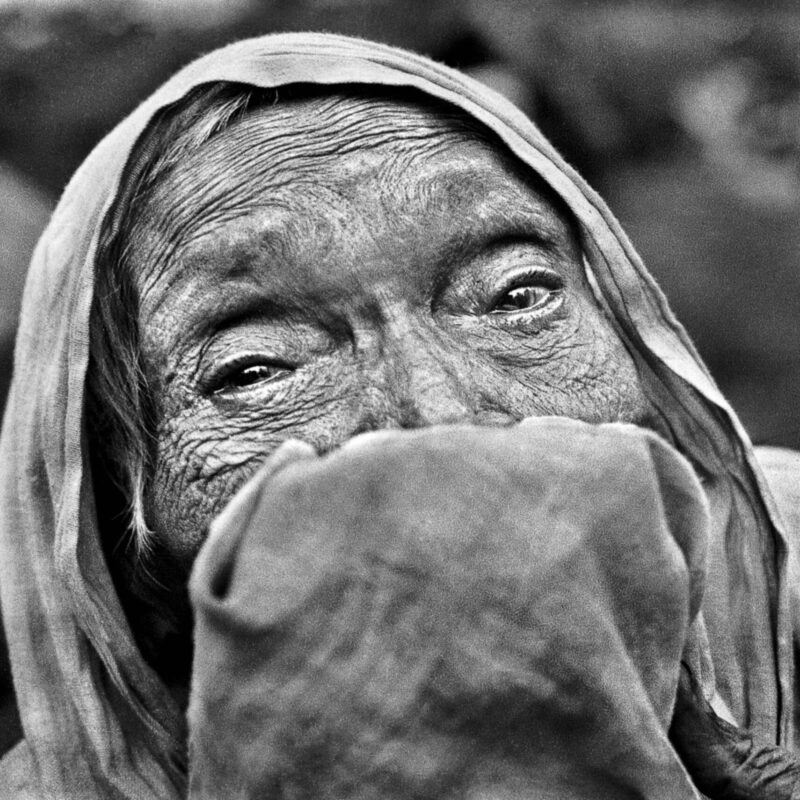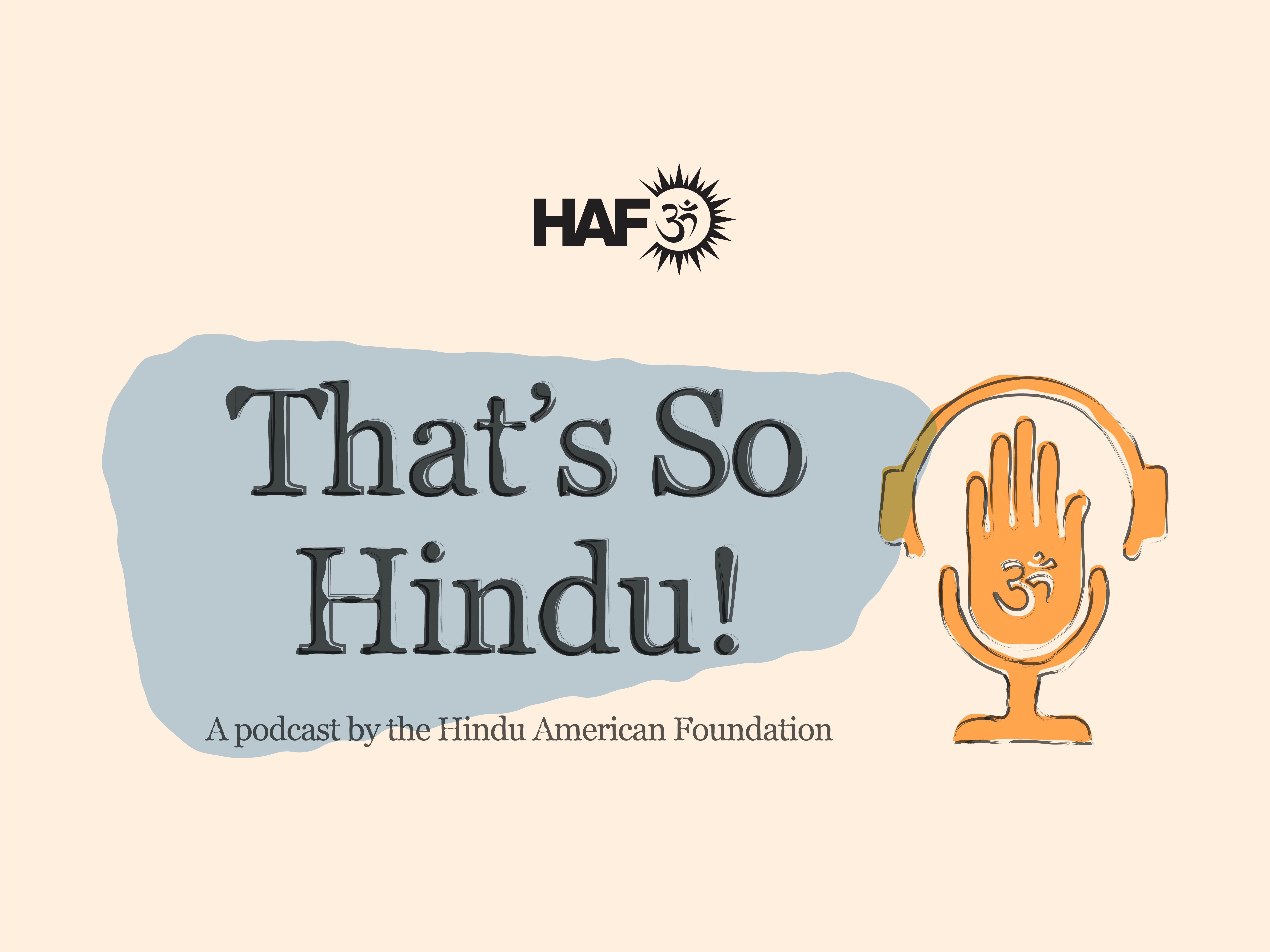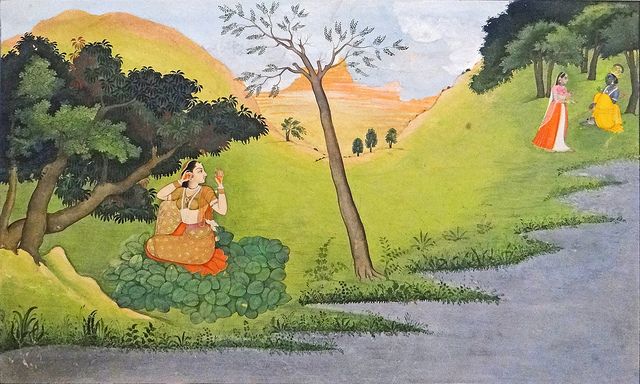
Kashmiri Hindus faced numerous injustices from the ethnic cleansing in 1989-1990, their continued displacement outside of Kashmir, as well as the targeted killings. Just last year, the killings of Hindus, migrant Muslims, and a Sikh, with the rise of the Taliban in Afghanistan, provided for us a clear window into the past and present day Kashmir.
But what I want to discuss today is the injustice of words, rather than actions. I want to explore the injustices Kashmiri Hindus endure while sharing their accounts of their first-hand experiences and family histories.
This injustice can best be described as ‘epistemic’ or having to do with knowledge, and was articulated by American philosopher Miranda Fricker.
The definition of the two forms of epistemic injustice is best put in Fricker’s own words:
“Testimonial injustice occurs when prejudice causes a hearer to give a deflated level of credibility to a speaker’s word; hermeneutical injustice occurs at a prior stage, when a gap in collective interpretive resources puts someone at an unfair disadvantage when it comes to making sense of their social experiences” (Fricker, 2007, pg 1).
Hindus and especially Hindu victims of violence are consistently subject to both forms of epistemic injustice articulated by Fricker, but today I will focus on the first form of epistemic injustice — testimonial injustice. This manifestation of testimonial injustice paints Hindus as perpetrators of crimes even when they are victims and is just one of the ways that Hinduphobia operates.
In March 2022 a film called Kashmir Files, which recounts some of the specific killing, rape, displacement, and disenfranchisement that Kashmiri Hindus have faced, gained global notoriety. The film gives an account of Kashmiri Hindu experiences, which have been confirmed by Kashmiri Hindus who have felt heard by the film. After watching the film, we are moved to acknowledge the experiences of Kashmiri Hindus and mourn with them.
But there is a surprising take on the film which discredits the Kashmiri Hindu accounts of the violence they faced. “The Kashmir Files: How a New Bollywood Film Marks India’s Further Descent Into Bigotry” a Time article claims. ‘The Kashmir Files’ fans Islamophobia: [Tamil Nadu Congress Committee] chief” reads a Times of India article.
The response to the Kashmir Files depiction of violence against Hindus is to claim that showing Hindus as victims is in and of itself violent, that saying Hindus are victims is actually violence against (or promotes violence against) Muslims.
For those of us that have seen the film, we know that there are Muslims who are portrayed as compassionate and supportive to the Hindus who were being targeted. The film does make it clear the terrorist forces that operated in Kashmir were the perpetrators of violence, and that these forces were spurred on by Pakistan at the time.
Imagining all Muslims in Kashmir as violent, rather than just the terrorists who were killing Hindusm, is itself the definition of Islamophobia. But, imagining all Muslims as violent and intent on killing is not what the film does. However it is what critics of the film have done as an end result of the testimonial injustice against Kashmiri Hindus.
If critics of the film hope to be epistemically just then they would hear the experiences of Kashmiri Hindus and consider them. Denigrating and demonizing victims does not help the victims, but it can help the perpetrators of the original crime.
So what Happened to Kashmiri Hindus?
Starting in 1984, political leaders in the state, such as Ghulam Mohammad Shah, began inciting Muslims, claiming that Islam was in danger. This led to violent riots targeting Kashmiri Pandits in south Kashmir and Sopore, where Hindus were killed, and several temples and properties were destroyed. Subsequent anti-Hindu riots in Anantnag in 1986 resulted in the destruction of several Kashmiri Hindu homes and properties and the flight of many Hindu families out of the Valley. (EurAsian Times, 2017)
The anti-Hindu violence culminated in the events of 1989-1990, when more than 350,000 (by some accounts more than 500,000) Kashmiri Hindus were ethnically cleansed from the Valley by Muslim extremists. The forced displacement was accompanied by a campaign of violence and destruction in the Valley. (Ramachandran, 2020; Rao, 2019) Kashmiri Pandit groups estimate that since 1989 nearly 105 educational institutions run by Kashmiri Hindus have been burned down or destroyed, hundreds of temples and religious sites damaged or demolished, 14,430 businesses and shops destroyed, and more than 20,000 Kashmiri Hindu homes destroyed, looted, or occupied. (Kashmir New Network, n.d.)
According to official statistics from the state government, 208 Hindu temples have been destroyed or damaged since the start of the violence in 1989. Other estimates assert that the numbers are much higher. A recent survey of Hindu shrines in Kashmir found that 347 Hindu religious sites were destroyed or damaged, while another organization asserts that 550 temples were destroyed or damaged.
The violent campaign targeting Hindus in Kashmir was organized and systematic, and included massacres, rape, threats, and intimidation. (Ashiq, 2012; State Times, 2015)
Public announcements were placed in newspapers, sermons made in mosques, and posters hung on houses ordering all Kashmiri Hindus to leave the Valley, threatening violence if they did not, and calling on Muslims to take up jihad against non-Muslims. (Gill, 2003; Gupta 2005; Tikoo 2012)
Letters were sent to Hindu homes stating, “We order you to leave Kashmir immediately, otherwise your children will be harmed — we are not scaring you but this land is only for Muslims, and is the land of Allah. Sikhs and Hindus cannot stay here.” The threatening note ended with a warning, “If you do not obey, we will start with your children. Kashmir Liberation, Zindabad.” (Tikoo, 2012)
In addition, mobs of tens of thousands of Kashmiri Muslims took to the streets chanting slogans, including “death to kafirs [non-Muslims or non-believers]” and “We will turn Kashmir into Pakistan, with Kashmiri Hindu women, but without their men”. Similarly, armed members of militant groups marched publicly to intimidate the Kashmiri Hindu community. Noted journalist Rahul Pandita asserted that along with Islamists, many ordinary Kashmiri Muslims participated in the ethnic cleansing of the Pandits. (Raina, 2013)
One elderly Kashmiri Hindu recounted, “Our people were killed. I saw a girl tortured with cigarette butts. Another man had his eyes pulled out and his body hung on a tree. The armed separatists used a chainsaw to cut our bodies into pieces…” (Sharma, n.d.)
After the ethnic cleansing, thousands were forced to live in squalid camps for decades.
Given this level of violence and the evidence available to confirm it, it is of course paramount for all of us — Hindus, Muslims, Christians, Jews, Sikhs, secularists, and so on around the world — to support Kashmiri Hindus and prevent further violence in the region.
The testimonial injustice which silences Kashmiri Hindus and claims that their descriptions of their trauma is violence towards another group will not prevent violence in the future. Denying victims’ experiences not only denies the recognition of their humanity but also prevents Hindu and Muslim communities from healing and achieving reconciliation in India.
Today, Kashmiri Hindus in India continue to be internally displaced people. Although recent domicile laws in India begin to address their displacement, the law does not include the necessary steps to fully rehabilitate Kashmiri Hindus. More work needs to be done, and the Hindu American Foundation will continue to stand in solidarity with Kashmiri Hindus to do it.
The preceding article was presented at the Understanding Hinduphobia conference on April 3, 2022 under the title ‘Silencing Hindu Victims: A Case Study of the Epistemic Injustice Endured by Kashmiri Hindus’.
Sources
Ashiq, P. (2012, October 4). 208 Temples Damaged in Kashmir in Last Two Decades: Kashmir Govt. Hindustan Times. http://www.hindustantimes.com/india-news/208-temples-damaged-in-kashmir-in-last-two-decades–kashmir-govt/article1-939793.aspx
Chowdhury, Debasish Roy. (2022, March 30). The Kashmir Files: How a New Bollywood Film Marks India’s Further Descent Into Bigotry, Time. https://time.com/6162035/kashmir-files-india-hindu-muslim/
EurAsian Times. (2017, April 22). Reason for Exodus of Kashmiri Pandits: Pakistan, Jagmohan or Islamist’s? The EurAsian Times. https://eurasiantimes.com/exodus-of-kashmiri-pandits/
Fricker, Miranda. (2007). Epistemic Injustice: Power and the Ethics of Knowing, Oxford University Press. https://oxford.universitypressscholarship.com/view/10.1093/acprof:oso/9780198237907.001.0001/acprof-9780198237907
Gigoo, S., & Sharma, V. (2015). A Long Dream of Home: The persecution, exile and exodus of Kashmiri Pandits. Bloomsbury Publishing. https://books.google.co.uk/booksid=InAwDQAAQBAJ&pg=PT310#v=onepage&q&f=false
Gill, K. (2003). The Kashmiri Pandits: An Ethnic Cleansing the World Forgot. South Asia Terrorism Portal. http://www.satp.org/satporgtp/kpsgill/2003/chapter9.htm
Gupta, K. (2005, January 19). 19/01/90: When Kashmiri Pandits Fled Islamic Terror. Rediff India Abroad. http://in.rediff.com/news/2005/jan/19kanch.htm
Kashmir News Network. (n.d.). Political history of Kashmir: Islamic terrorism and genocide of Kashmiri Pandits. Kashmiri Pandit Network. http://ikashmir.net/history/genocide.html
Times News Network. (2022, March 18). ‘The Kashmir Files’ fans Islamophobia: TNCC chief, Times of India. http://timesofindia.indiatimes.com/articleshow/90300634.cms
Ramachandran, S. (2020, February 26). Can Kashmir’s Pandits Ever Return Home? The Diplomat. https://thediplomat.com/2020/02/can-kashmirs-pandits-ever-return-home/
Rao, S. (2019, August 15). Imran Khan Says India is Planning Ethnic Cleansing in Kashmir. But Pakistan has Actually Committed it. Haaretz. https://www.haaretz.com/world-news/.premium-imran-khan-says-india-is-ethnic-cleansing-in-kashmir-but-pakistan-committed-it-1.7686207
State Times. (2015, April 20). 975 Temples, 428 Hindu Religious Places Crying for Protection: PNBMT. State Times. http://india.blogs.nytimes.com/2013/02/19/a-conversation-with-journalist-and-author-rahul-pandita/
Sharma, S. (n.d.). Paradise Lost – The Kashmiri Pandits. BBC World Service. http://www.bbc.co.uk/worldservice/specials/1246_land/page9.shtml
Sharma, V. (2014, January 19). 24 Years on Nothing has Changed for the Exiled Kashmiri Pandits.Rediff News. http://www.rediff.com/news/column/24-years-on-nothing-has-changed-for-the-exiled-kashmiri-pandits/20140119.htm
Tikoo, T. K. (2012, November 22). Kashmiri Pandits Offered Three Choices by Radical Islamists. Indian Defence Review. http://www.indiandefencereview.com/news/kashmiri-pandits-offered-three-choices-by-radical-islamists/








































